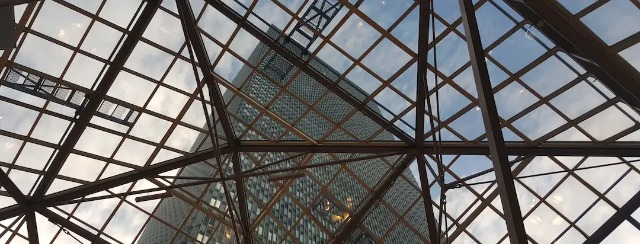Museum of Science in Boston
Do you want fascinating? Boston’s got it — in the form of the ever-popular Museum of Science, a Boston landmark and member of the Association of Zoos and Aquariums that is home to the Charles Hayden Planetarium, the Mugar Omni IMAX Theater, and dozens of animals. The museum is situated steps from the Boston-East Cambridge border, right at the Science Park stop on the Green Line subway.
With a stated mission “to stimulate interest in and further understanding of science and technology and their importance for individuals and for society,” the museum hosts a number of intriguing interactive exhibits each year, ranging from IMAX movies to displays of live insects and animals to instructional sessions on diverse science-related topics. It even offers a series of virtual exhibits available to everyone, free of charge and around the clock, conveniently via their computer.
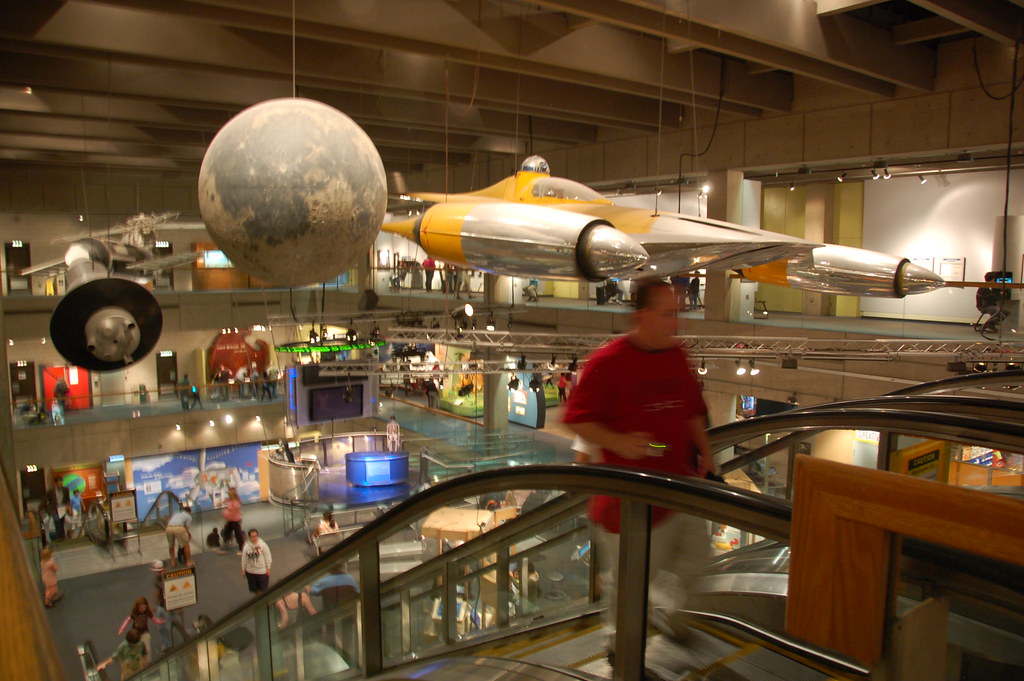
The current Museum of Science began as the Boston Society of Natural History in 1830 and later became the New England Museum of Natural History in 1864 after a move to Back Bay. The land was purchased at what is now called Science Park in 1948, and three years later the museum reopened at its new address as the Museum of Science.
The museum’s lengthy list of longtime draws includes the aforementioned Charles Hayden Planetarium and Mugar Omni IMAX Theater, the Theater of Electricity, and the Science Live! Stage, Mathematica, and the Children’s Discovery Center. Present exhibits are equally impressive, such as Beyond the X-ray, Dinosaurs: Modeling the Mesozoic, Earth: Inside Out, and the Live Animal Exhibit.
Take a quick video tour of the Museum of Science after the jump and visit the museum’s official website to learn more about its offerings and prices.
Boston Museum of Science exhibits
The Boston Museum of Science is one of the premier science attractions in the world, and its current exhibits demonstrate why. From exploring the Arctic to uncovering the secrets of the Mesozoic, you’re sure to find something to pique your interest.
Project Vaccine
Our Best Defense takes visitors through a deep dive into the science behind vaccines. You’ll learn about the history and development of vaccination, how vaccines work, and their current place in society. This exhibit also features interactive displays and activities that help bring science to life.
Arctic Adventure
Exploring with Technology takes you on a journey to explore some of the most remote places on Earth. Through a combination of cutting-edge technologies like virtual reality and robotics, visitors will be able to experience the sights and sounds of these regions up close.
Hall of Human Life
Hall of Human Life showcases the human body from our basic building blocks of cells all the way up to complex systems like the nervous and digestive systems. The interactive displays allow visitors to engage with real-world applications of anatomy and physiology while discovering more about their own bodies.
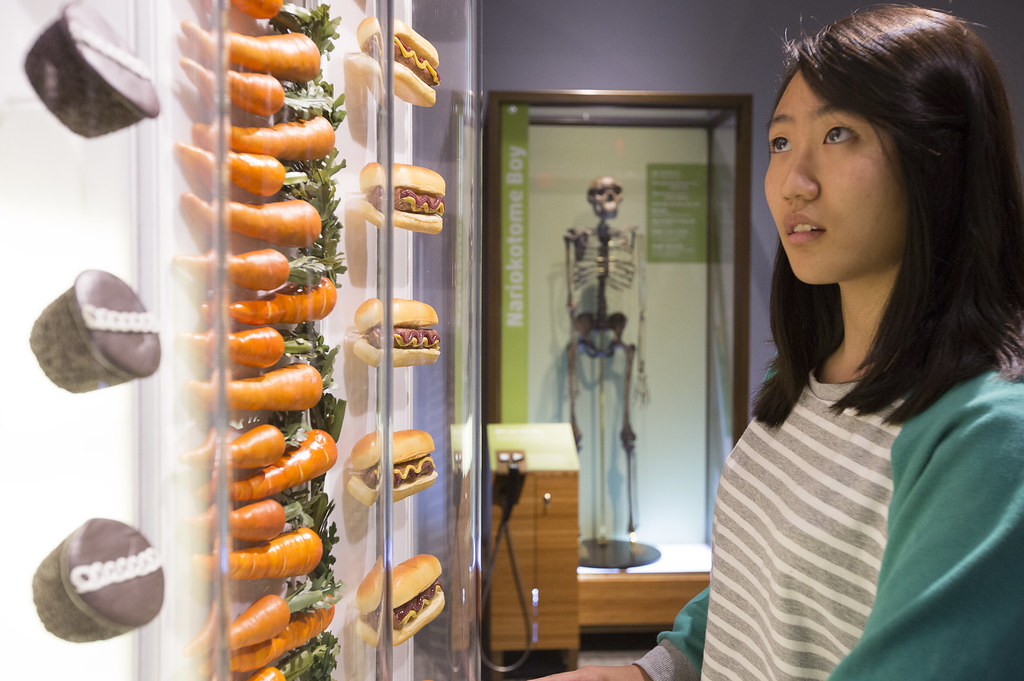
Engineering Design Workshop
Engineering Design Workshop, Powered by MathWorks allows visitors to explore their engineering creativity through interactive displays. Here, you can design and construct your own inventions, using tools provided by MathWorks.
Colossal Fossil
Triceratops Cliff gives visitors an in-depth exploration of fossilized remains from the Late Cretaceous period. Through this hands-on exhibit, guests will learn about the evolution of dinosaurs, global climate changes during that time, and more.
Dinosaurs
Modeling the Mesozoic dives into the lives of the iconic creatures that once roamed our planet. Using the latest research and sophisticated digital modeling technology, visitors can get up close and personal with these ancient creatures as they learn about their behavior and biology.
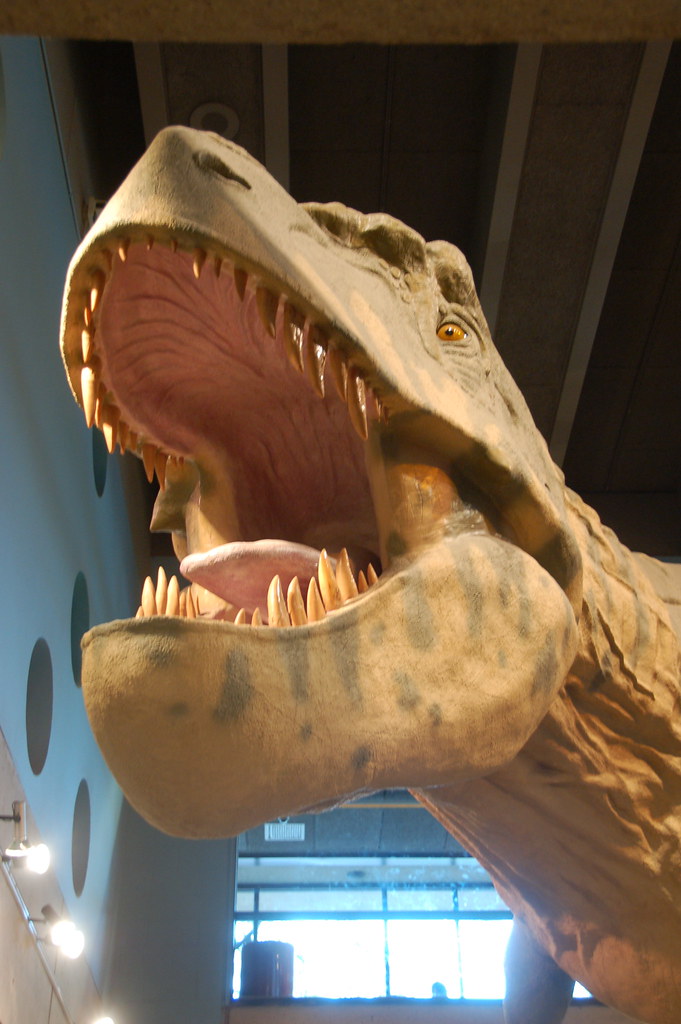
Yawkey Gallery
The Yawkey Gallery on the Charles River offers a unique perspective on the natural environment of the greater Boston area. Through interactive experiences, guests can learn more about plants and animals, examine current ecological issues, and discover ways in which they can help protect our environment.
Live Animal Care Center
At the Live Animal Care Center, visitors can observe animals up close and learn about how they live and interact in nature. The New England Habitats exhibit allows guests to view the diverse plants and wildlife found throughout the region. Natural Mysteries takes viewers on a journey to uncover the mysteries of nature and its many phenomena.
Mathematica
Mathematica is an exhibit that aims to teach visitors of all ages about the importance and beauty of mathematics. Through interactive demonstrations and hands-on activities, participants explore the wonders of math. Exploring AI: Making the Invisible Visible provides an exciting glimpse into artificial intelligence and showcases the power of technology.
Garden Walk & Insect Zoo
For a more relaxed experience, visitors can take the Garden Walk & Insect Zoo, where they can appreciate the intricate details of various types of gardens and insects. Math Moves! Experiencing Ratio and Proportion takes a playful approach to mathematical learning by introducing ratio and proportion through music and movement. Finally, The Rock Garden reveals the fascinating world of rocks and minerals in an immersive outdoor space.
Math Moves! Experiencing Ratio and Proportion
“Math Moves! Experiencing Ratio and Proportion” is an immersive experience that reveals the beauty of mathematics in motion. Led by trained Reuben H. Fleet Institute (RFI) instructors, visitors will be taken on an exploration of mathematical relationships and creative problem-solving through engaging activities. Guests will practice applying ratio and proportion fundamentals to everyday tasks in this thought-provoking and memorable journey.
The Rock Garden
This interactive exhibit allows visitors to go on a hands-on exploration of rock formations and their properties. Guests have the chance to observe the diversity of earth’s surface materials, test their strength, and learn about the water cycle first-hand. From igneous rocks to sedimentary rocks, there is always something new to discover in the Rock Garden.
Butterfly Garden: Get Back to Nature in Winter
Have the cold, inclement weather and shorter wintry days customary in the East right now put you in a seasonal funk? If you’re among the many people who suffer from the blahs at about this time of the year — yours truly included — I suggest taking advantage of an oasis of warmth and summertime beauty graciously offered to the public by Boston’s Museum of Science (Science Park, Boston, 617-723-2500).
The museum’s Butterfly Garden overlooking the Charles River is unlike any other exhibit and as such, it provides a true respite for visitors seeking some natural relief from the artificial climates we’re subjected to while staying indoors so much. A 1,000-square-foot conservatory featuring 400 free-flying butterflies and moths, the tropical garden filled with exotic plants allows visitors to leisurely experience one of the few species of insects that many individuals actually like due to their colorful beauty and eye-catching forms.
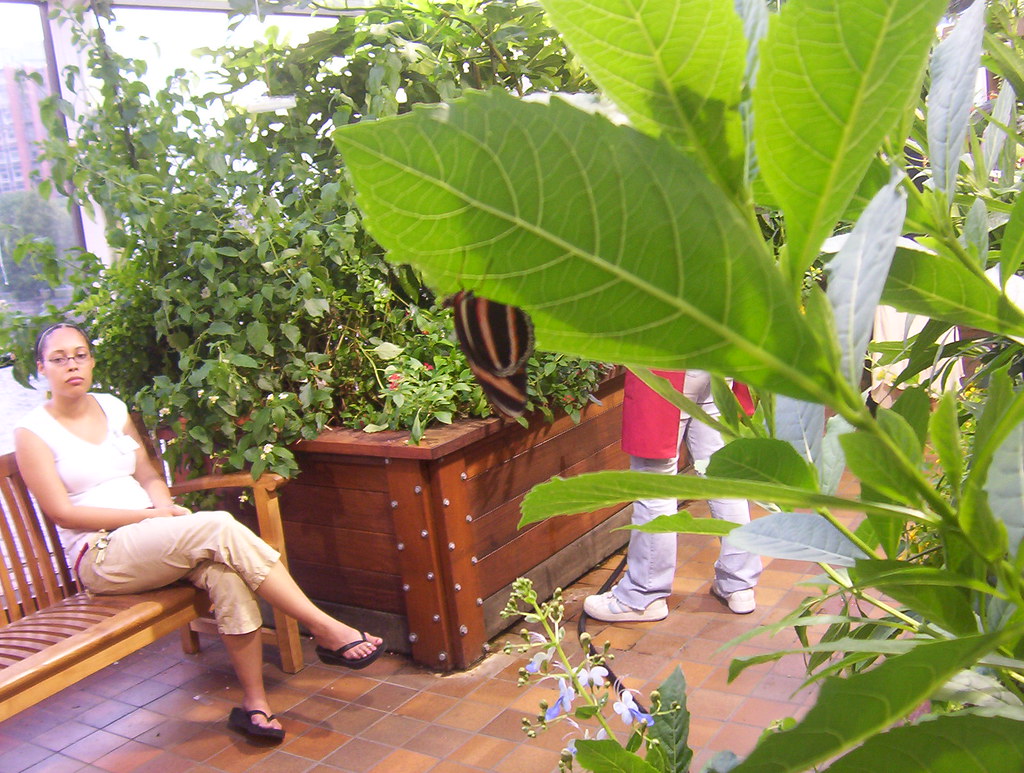
The Butterfly Garden houses butterflies and moths native to New England and other regions worldwide. Various displays permit a firsthand view of butterfly and moth behavior at different stages of their development. For instance, the emergence box contains hanging chrysalids — protective coverings or cocoons that enclose butterflies during their earliest developmental stage — that lucky and observant viewers may be able to see transform into adult butterflies.
Additional displays spotlight the insects’ special ability to protect themselves in the wild through the unique color properties of their wings. And, others clarify the four stages of development that butterflies go through in a life cycle as they advance from an egg to a caterpillar to a chrysalis and finally to an adult.
Although tickets are required for the Butterfly Garden, the exhibit is one of the most well-priced activities available at the Museum of Science. Full-price admission for non-members to the garden alone (and not the other museum exhibits) is just $4.00 for adults, $3.50 for seniors, and $3.00 for children. If you’re a member, subtract two dollars from the full price that applies.
The Butterfly Garden is open during normal museum hours, with entry granted for 25-minute sessions every 15 minutes from opening to closing time. Take a look at a PDF copy of the Butterfly Garden Take-Home Guide to learn more about what the exhibit entails.
Note: The Museum of Science recommends advance reservations for the Butterfly Garden, and strollers are not permitted inside the exhibit.
